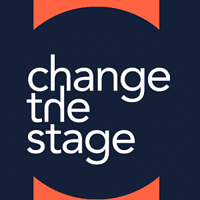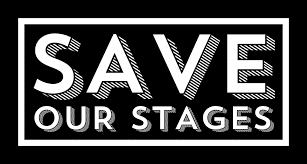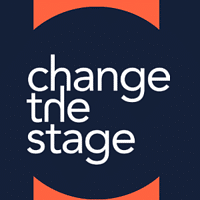Is Your Professional Network Too Female?“Women in the Workplace 2016,” the latest release from a comprehensive long-term partnership between LeanIn.Org and McKinsey & Co., reveals that women are still underrepresented at all levels in the corporate pipeline, and that the disparity grows at each step closer to the C-suite.
But the research looked beyond the numbers to the workplace experiences of women. Some of the results may hold the key to more gender-balanced corporate structures. For example, while both women and men view sponsorship by senior leaders as important. The report states, women interact less with senior leaders than men do. Women are also less likely to say that a senior leader outside their direct management chain has helped them.
Why?
Partly because women are more likely to network with other women. Who are, at this point, less likely to be the senior leaders with power to influence their career paths. “Women are three times more likely to rely on a network that is mostly female,” the report states. “Because men typically hold more senior-level positions, this means women are less likely to get access to people with the clout to open doors for them.”
Line or Staff?
Another challenge for women aiming for the C-suite is that, as they advance, they often end up in “staff” roles as opposed to “line” roles, which essentially puts them out of the running for the top job. As the report explains, “Line roles are positions with profit-and-loss responsibility and/or a focus on core operations. Staff roles are positions in functions that support the organization like legal, human resources, and IT.” In 2015, 90 percent of new CEOs in S&P 500 companies were promoted or hired from line roles, and 100 percent were men, according to data collected by SpencerStuart.




















